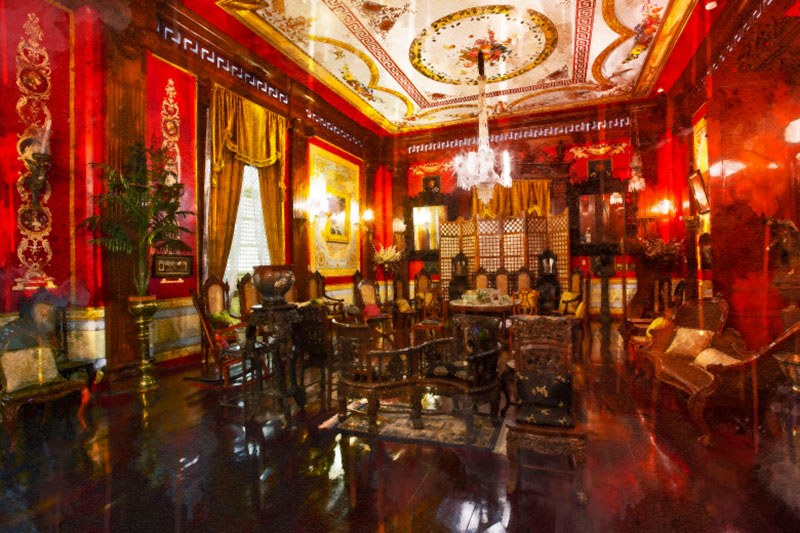Located within the De La Salle University Dasmariñas campus, the Museo de la Salle was designed to depict the lifestyle of the Ilustrados in the 19th century. The museum, which was designed after the traditional bahay na bato, exhibits antique furniture and decorative objects from the 19th century. The museum often serves as a venue for history lectures, art exhibits, and other cultural events.
Did you know?
In the late 19th century, the Filipino educated class was referred to as the Ilustrados. But “Ilustrado” is also often used to refer to the upper middle class. The sala mayor, or main living room, was primarily used by the ilustrado class for entertaining.
The Ilustrado Lifestyle: What Was Life Like in 19th Century Philippines?
In the late 19th century, the Filipino educated class was referred to as the Ilustrados. But “ilustrado” is also often used to refer to the middle class, as they were the ones who were able to get an education in Europe. The Museo de La Salle aims to give its visitors a glimpse into the ilustrado lifestyle at the turn of the century.
The museum building is a 2,000 square meter bahay na bato. On display is a large array of antique family heirlooms, which range from furniture to decorative objects to art. The museum was designed to be a repository of heritage objects, with a collection that comprises over 4,300 objects. And because of its location inside the De La Salle University Dasmariñas campus, the museum has become a valuable learning space as well.
What is a Bahay na Bato?
Even though its name literally means “house of stone” in English, the traditional bahay na bato isn’t totally made of stone. In fact, some are even predominantly made of wood.
So how did it get its name? The bahay na bato is essentially an updated version of the bahay kubo. But while the bahay kubo is totally made of wood and plant fibers, the bahay na bato uses stone (and more recently, concrete) materials.
Like the bahay kubo, the bahay na bato was designed with the Philippines’ tropical climate and earthquake-prone environment. Typically a two-storey structure, the bahay na bato is usually characterized by a nipa hut with balustrades and capiz shell sliding windows, elevated on bricks or stone blocks as a foundation instead of the bahay kubo’s bamboo or wooden stilts. The living apartments are generally found on the upper storey, while the ground floor is commonly used for storerooms. In some business districts, spaces on the ground floor were often rented to shops.
The bahay na bato enjoyed tremendous popularity among the 19th century elite and middle-class, and the architectural style was used in other structures, such as convents and monasteries, schools, and factories. However, after World War II, the bahay na bato fell out of fashion, and the construction of these houses stopped in favor of more modern styles.
Visiting Museo De La Salle
The museum is open from 9 am – 12 nn and 1 pm to 3:30 pm on Tuesdays to Saturdays. Admission rates are P100 for adults and P40 for students.
How to Get There
Heading southwest on CAVITEx, take the exit toward Bacoor/Las Piñas. Then, turn right onto the Emilio Aguinaldo Highway. Continue for 13 kilometers, then turn before Central Mall Dasmariñas onto Salitran Road. After 750 meters, turn right onto Congressional Avenue. After 4 kilometers, turn right toward Lake Avenue. Continue down Lake Avenue and past the roundabout. You should see Museo De La Salle to your left.
Sources:
Gardner, Robert S. “From Bahay Kubo to Bahay Na Bato to …” Philippine Journeys, http://www.aenet.org/photos/bahay.htm.



